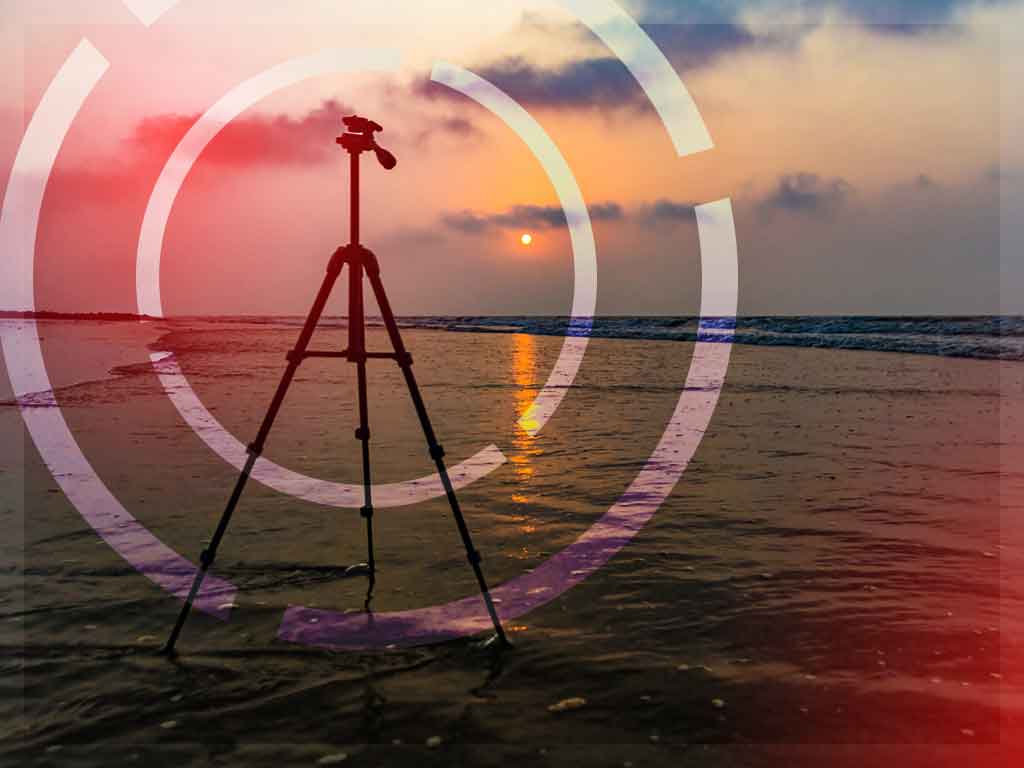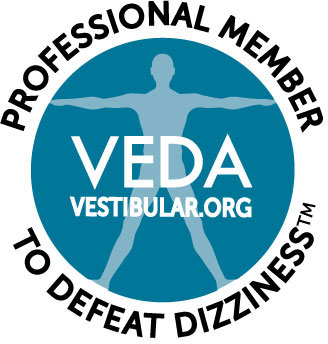Today I would like to tell the story of one of my patients; we’ll call her M. M was a healthy, active young woman with a wonderful life. Two-and-a-half years ago, she went on a family vacation. The vacation turned into a nightmare when everyone on the trip, including M, came down with a terrible viral fever. Thankfully, the family recovered from this illness and all was well … for most of them. The relief lasted only a short period of time for poor M, who happened to contract the stomach flu right after the first horrible virus.

Not long after successfully fighting off the flu, M began to experience debilitating dizziness. She constantly felt unbalanced, and had a pressure compression type of pain in her left eye and on the side of her head. She also felt a crackling in her left ear at times. These symptoms understandably interfered with every aspect of her life. She struggled to get through work and started losing all enjoyment of life. Every primary care doctor, ENT and neurologist she consulted told her the same thing: nothing was wrong with her. Eventually, she was put on an antidepressant.
Finding Dr. Israeloff
It was at this point that M happened upon some information about vertical heterophoria (VH), which then led her to the Neuro Visual Center of New York seeking answers and treatment for dizziness. Based on her facial structure, I think M has actually had VH her entire life without realizing it. One eye is clearly higher than the other and she has an extreme head tilt, which is how her brain was able to compensate for the misalignment and fuse the images before the two severe illnesses hit her back to back. To explain how this works, I like to use the analogy of a tripod.
How VH Affects Balance
The legs of the tripod consist of three systems:
- The ankles, feet, and core all working together.
- The vestibular system in the inner ear.
- The binocular visual system.
We need all three of these systems to remain strong and steady in order to maintain our balance. If one leg (system) gets wobbly, a person can still function, though the performance will be lacking. If two of the legs on the tripod get wobbly, however, the tripod will topple. This is what I believe happened to M. One leg on her tripod, her visual system, was always wobbly, but she was able to get by. But when the vestibular leg of her tripod was damaged, the two wobbly legs together were too much for her brain to deal with, and all the symptoms of vertical heterophoria emerged.
Get Relief at the Neuro Visual Center
The good news is that M’s symptoms are decreasing as we are aligning her eyes with aligning lenses. It’s taking some time, but progress is being made. I still believe there is an inner ear issue that needs to be addressed, but I’m very hopeful that, in time, M will be able to enjoy her life again! If you have a story like M, don’t wait to receive relief. Call the Neuro Visual Center today at (516) 224-4888. One of our helpful staff will help make you an appointment to determine if VH is what’s causing your symptoms.





